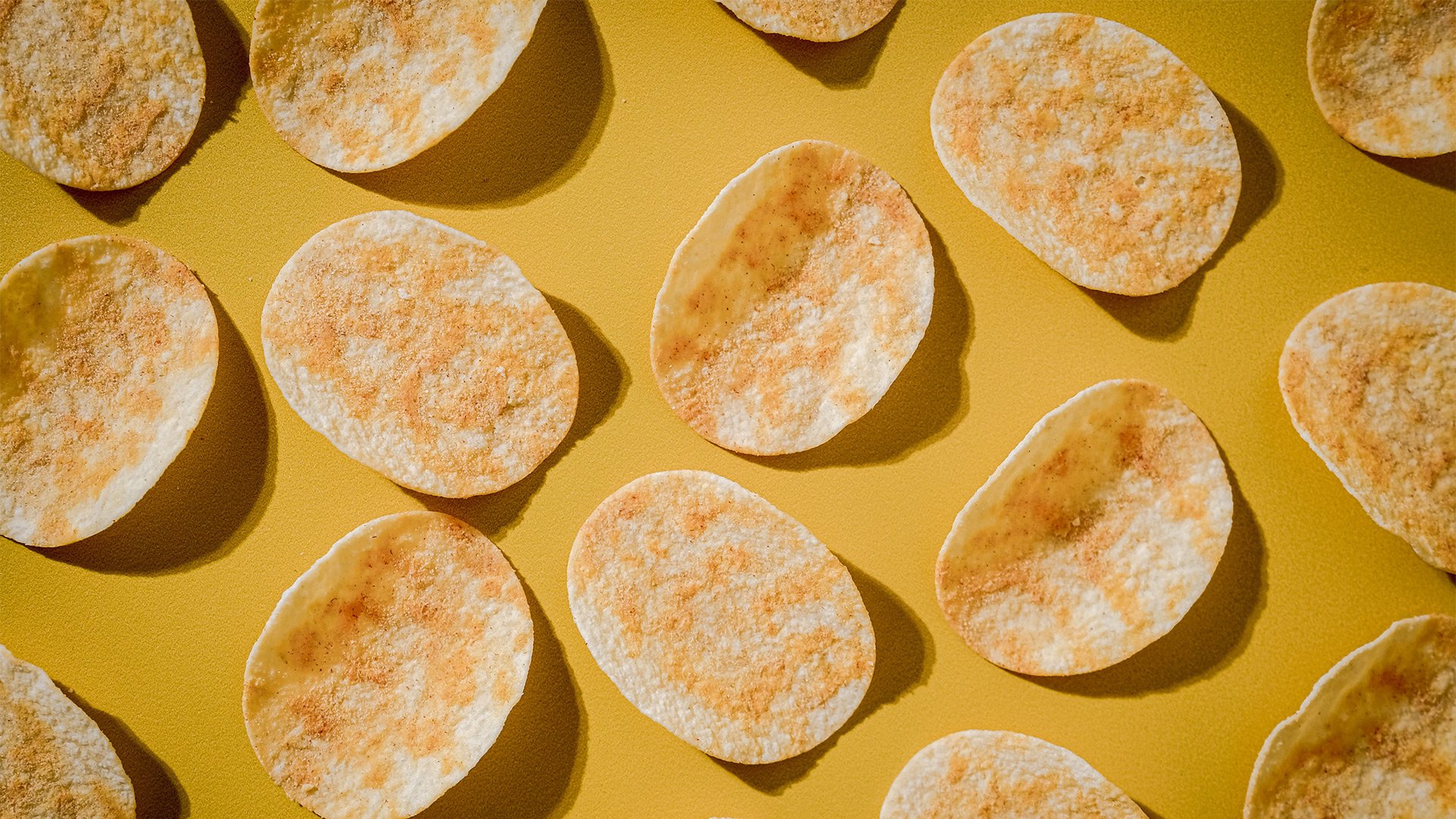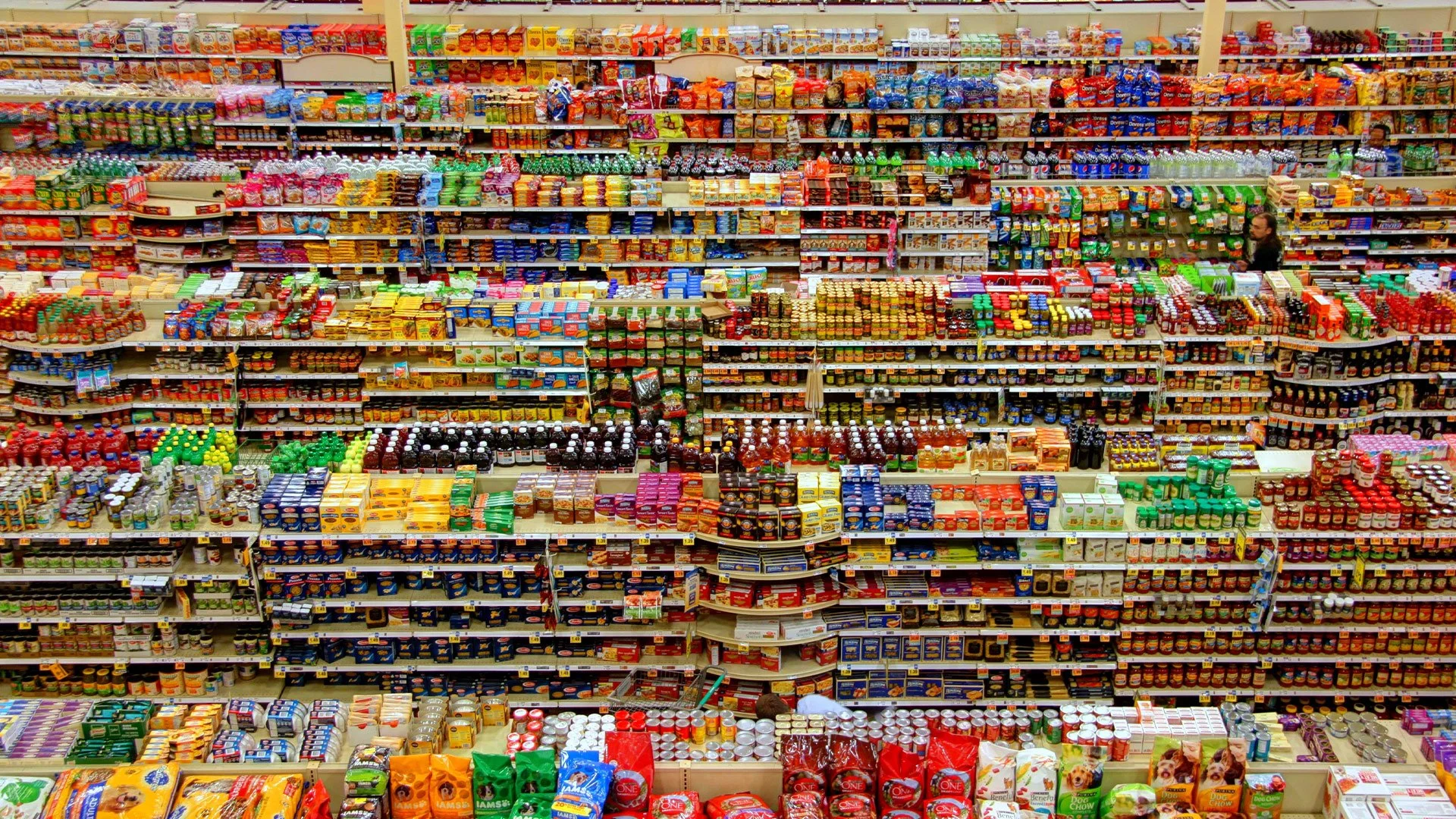Cutting Out Preservatives in Food
Discover > Texas Mom Blog > Cutting Out Preservatives in Food
Preservatives in food are nothing new. For thousands of years, populations worldwide have used naturally occurring preservatives to keep food edible that would otherwise not last very long. Even here in Texas, we have a wide variety of preserving methods like drying meats, pickling veggies in season, and others. It was a means of survival as food supplies were erratic, and people would rarely chance upon more food than they could eat.
Cut to today and the role of preservatives in food has expanded beyond its traditional scope. Preservatives are now added in abundance to almost all prepared foods at the grocery store. Moreover, the nature of these preservatives has also changed drastically, with chemicals having replaced the simple sugar, salt, and vinegar used in the past. Here at TexasRealFood, we fervently support consuming real food. This means eating seasonal, locally-sourced produce that is free from pesticides and available in its natural form –– not staying alive merely at the mercy of chemical preservatives!
As a mom, dodging the impact of omnipresent preservatives in my children’s diet is a challenge I need to tackle every day.
In this article, I will talk about the stabilizers you should know about, some commonly found preservative-laden foods, their impact on our health, and some tips and tricks on how you can steer clear of them when it comes to your child’s nutrition.
What are Some Commonly Found Preservatives in Foods?
If you’ve ever turned over a loaf of a simple store-bought bread and found an ingredient label filled with unrecognizable words, then you’ve found the preservatives! When checking the ingredients on a food item, make sure to look out for the following:
Nitrites, nitrates, and nitrosamines
Butylated hydroxyanisole (BHA) and butylated hydroxytoluene (BHT)
Sodium benzoate, potassium benzoate, and benzene
Propionates and sorbates
Sulfites
Sorbic acid, ascorbic acid, citric acid, (how long does citric acid last?) benzoic acid, and erythorbic acid
Soy lecithin and polysorbate
Here’s an expansive list of food additives and preservatives you should be wary of.
What Foods Will I Find These Preservatives in?
All pre-made and boxed foods contain some kind of preservative or stabilizer to prevent rotting and molding. So, as a parent to young children, I make sure to always read the labels on the food items my children love eating. Here are some common store-bought foods that almost always feature preservatives:
Lunch meats and frozen meats
Breakfast cereal and protein bars (how long do protein bars last?)
Cake mixes (e.g., muffin mix, (how long does muffin mix last?) pancake mix (how long does pancake mix last?), waffle mix, brownie mix (how long does brownie mix last?)
Store-made bread and bakery items
Condiments such as pasta sauces (how long does pasta sauce last?), tomato ketchup, mayo, peanut butter (how long does peanut butter last?), jams, jellies, and spreads
Cheese products such as processed cream cheese
Long-life milk, yogurt, fruit juices
Cookies, crackers, tortilla chips (how long do tortilla chips last?), microwave popcorn, (how long does popcorn last?) instant noodles (how long do instant noodles last?)
Soup mixes, bouillon cubes (how long do bouillon cubes last?), and instant noodles. (Click here to read about why you should make your own soups!)
This list is not limited, and you may find preservatives in many other food items.
How Does Eating Preservative-Laden Foods Impact My Family’s Health?
Processed ingredients and preservatives, such as trans fats, high-fructose corn syrup (how long does corn syrup last?) (HFCS), monosodium glutamate (MSG), artificial colors and flavors, nitrates/nitrites, and BHT, shouldn’t be in our food supply. To learn more, read here about how additives affect our health.
While the FDA approves the addition of preservatives to our food, that doesn’t mean they’re always safe to eat on a regular basis. And if a certain food does contain preservatives, it’s quite likely to be less nutritious than the whole foods found at your local farmers’ markets.
If you’re new to farmers’ markets in Texas, here’s an extensive guide on how you can make the best out of your trip!
So, food preservatives are nasty for two reasons — they introduce chemical substances into our daily food intake, and they are added to foods that are already heavily processed or refined, making unhealthy food even less good for us.
These processed items are, in my opinion, not even “real food”. I prefer to call them “food-like substances”. While I don’t advocate cutting out packaged foods altogether (kudos to families who do!), there are some ingredients I make sure to avoid if I see them on the label.
Main Side Effects of Preservatives in Foods
While it’s true that only “small” amounts of preservatives are added to foods, and eating one pringle never killed anybody, eating multiple food items sprinkled with preservatives every day of the week can cause a plethora of health problems. Sustained and excessive consumption of preservatives is known to cause:
Breathing problems, asthma, and bronchitis.
Hyperactivity and other behavioral issues in kids, especially those with ADHD.
Weakening of heart tissues
Increased risk of certain cancers
Endocrine-disrupting reactions in the body
Gut irritation and gut lining ailments
Raised LDL (bad) cholesterol levels and weakened HDL (good) cholesterol levels
Increased risk of obesity, stroke and metabolic syndromes.
Benzoates, sorbates, sulfites, nitrates, and other preservatives can cause serious health hazards such as hypersensitivity and neurological damage with prolonged use.
How Can I Avoid Preservatives in Foods?
Obviously, the best option is to ditch all preservative-laden foods –– but that’s not very practical, especially with kids around. Nevertheless, keeping up a dedicated effort to minimize the consumption of preservatives can help a lot. Below are some practices you can follow:
READ LABELS! All packaged foods come with ingredient labels listing the preservatives used. These are typically mentioned towards the end of the list.
Shop for organic vegetables and fruit, plain meats such as lean chicken, beef, turkey, and pork, fresh milk straight from the farm, and pasture-raised eggs. Click here to find all your farm-fresh needs.
Bake your bread, cakes, tortillas, and muffins when you can. Or you can choose to buy from one of these Texan artisanal bakeries!
Fulfill your dairy needs by purchasing from organic dairy farms.
Ditch the processed cheese spreads! Choose to buy locally made cheese from one of these Texan producers.
Don’t munch on Cheetos! Satisfy your snacking soul with healthy snacks from these Texan small-batch snack makers.
Processed jams and jellies? No more! Buy freshly made preserves, nut butters, jams and marmalades here.
Pickle your veggies using this simple guide, or buy handmade pickles from here.
Purchase condiments such as apple cider vinegar and salsa from these producers.
Make your own spice blends from whole spices or shop for local Texas seasonings.
Cook at home as often as you can with whole ingredients.
Homemade freezer treats such as these whole-grain mini muffins can save the day on those hectic mornings.
The most important thing in all of this is to shop local. Because producers in your community truly care about what they add to their food products.
Did you find this information helpful? What are your thoughts on preservatives in food you buy? Have you tried to actively cut them out? Leave a comment and let us know!
Need to know more about processed meats?




